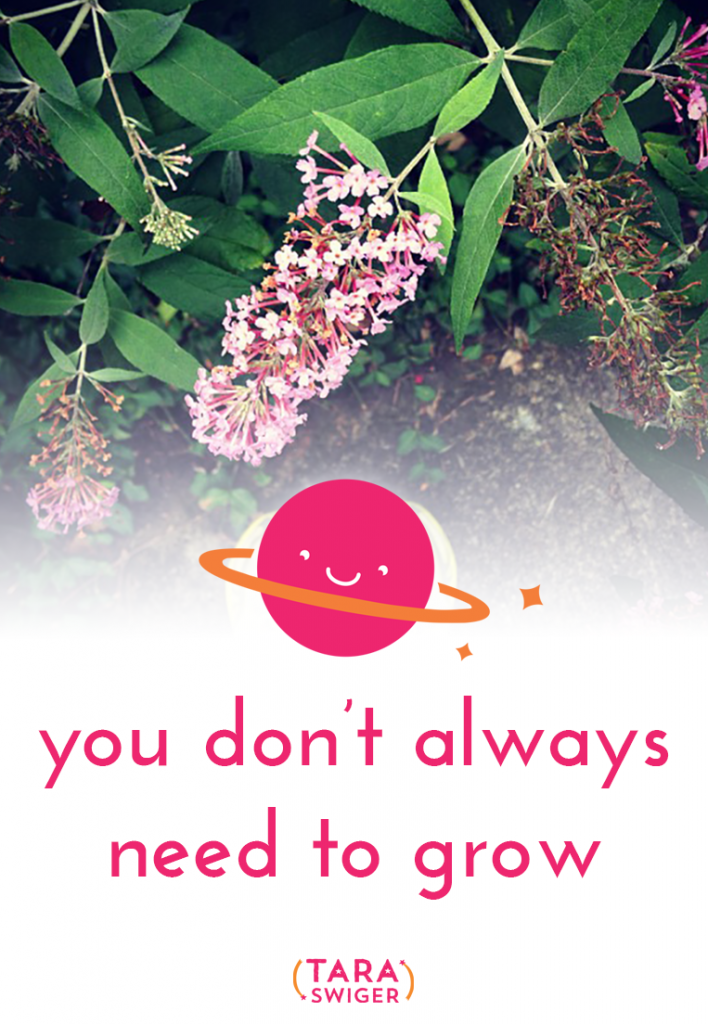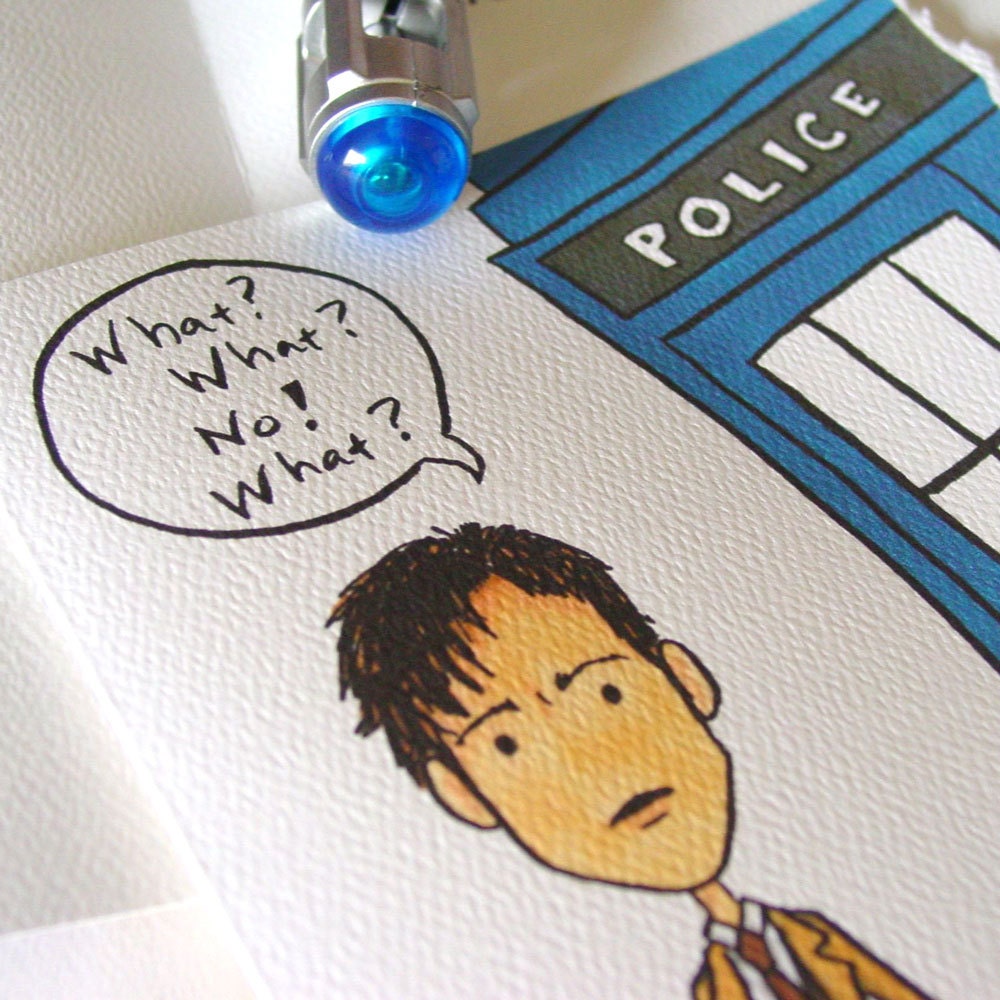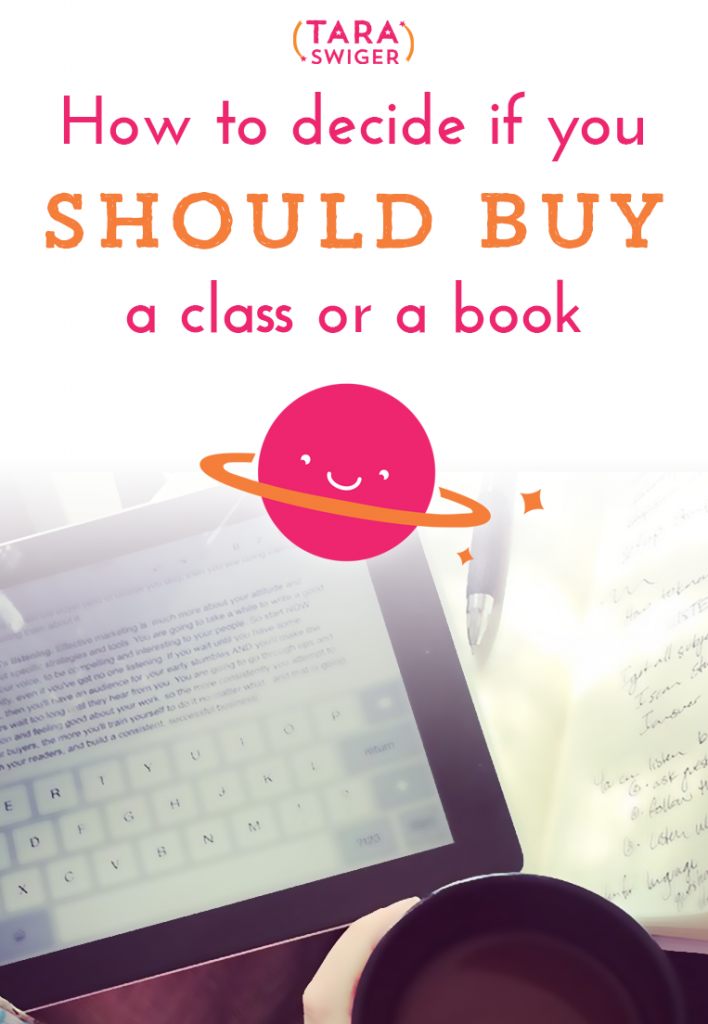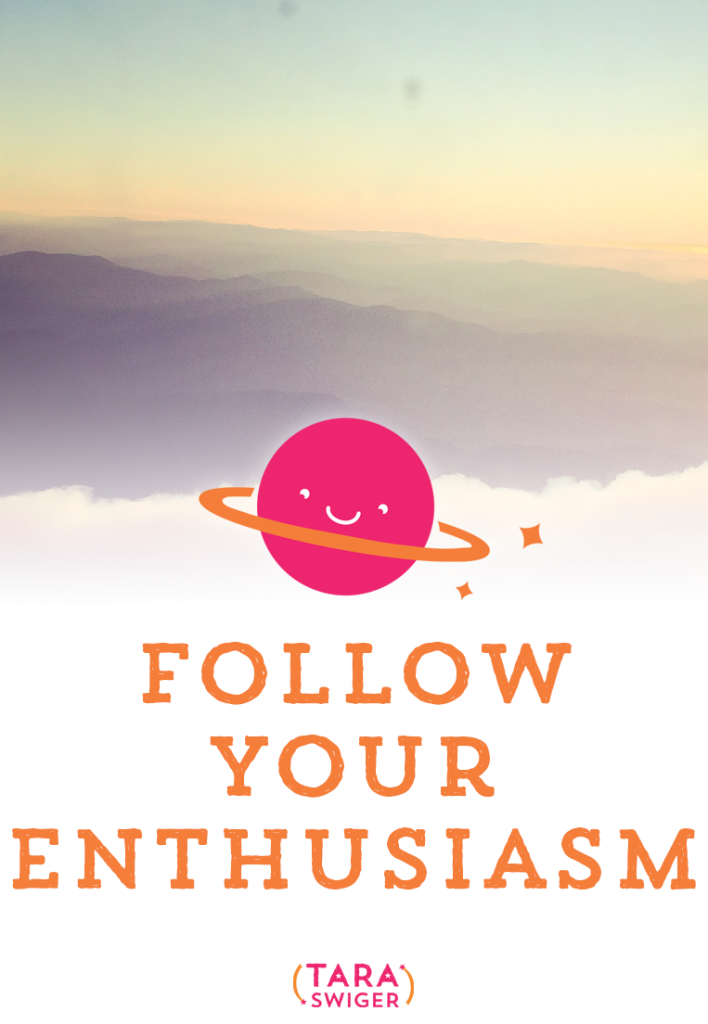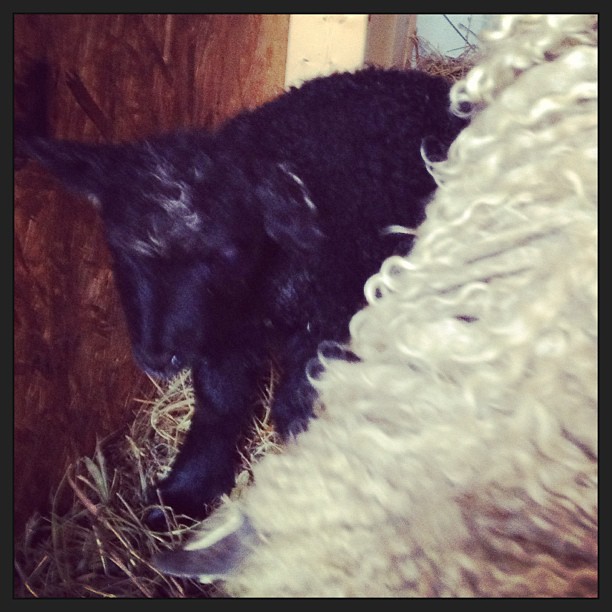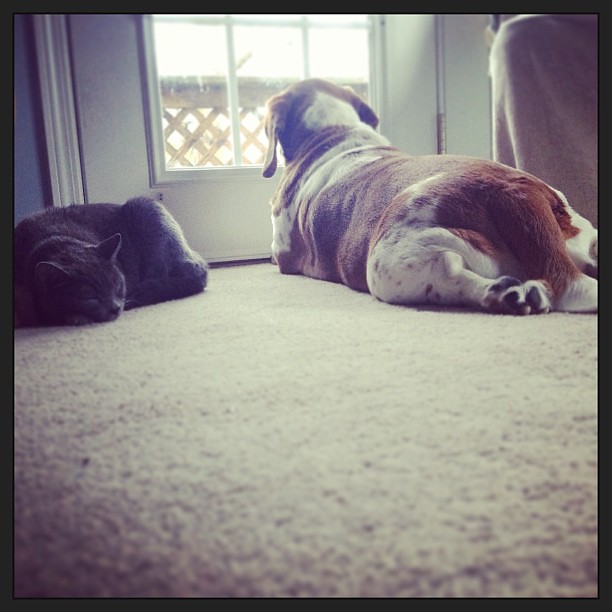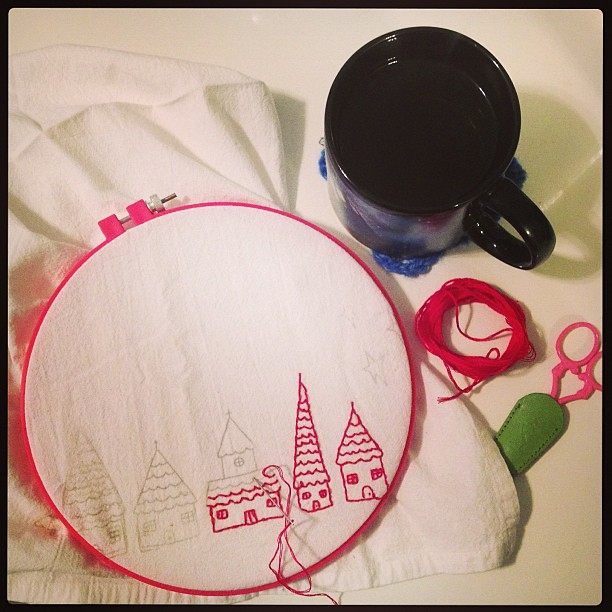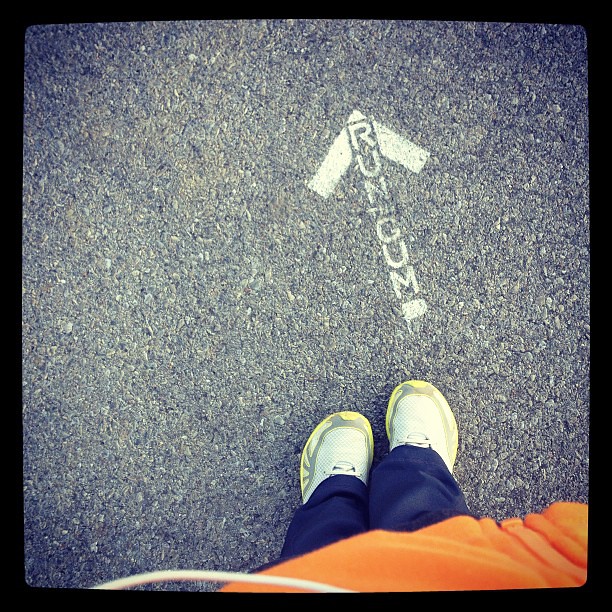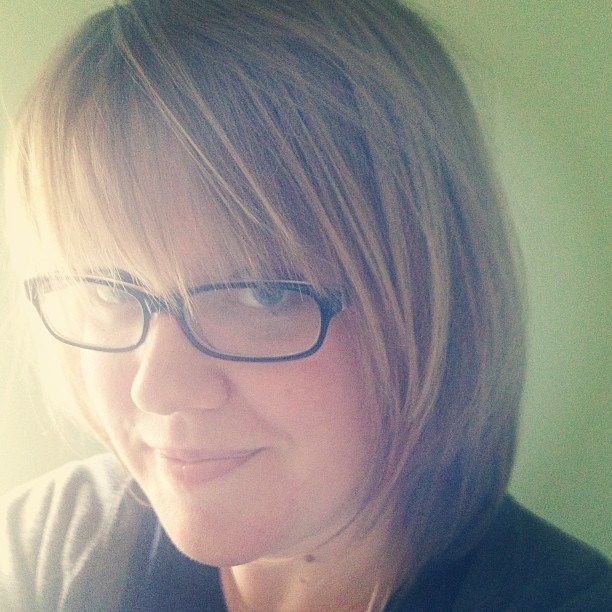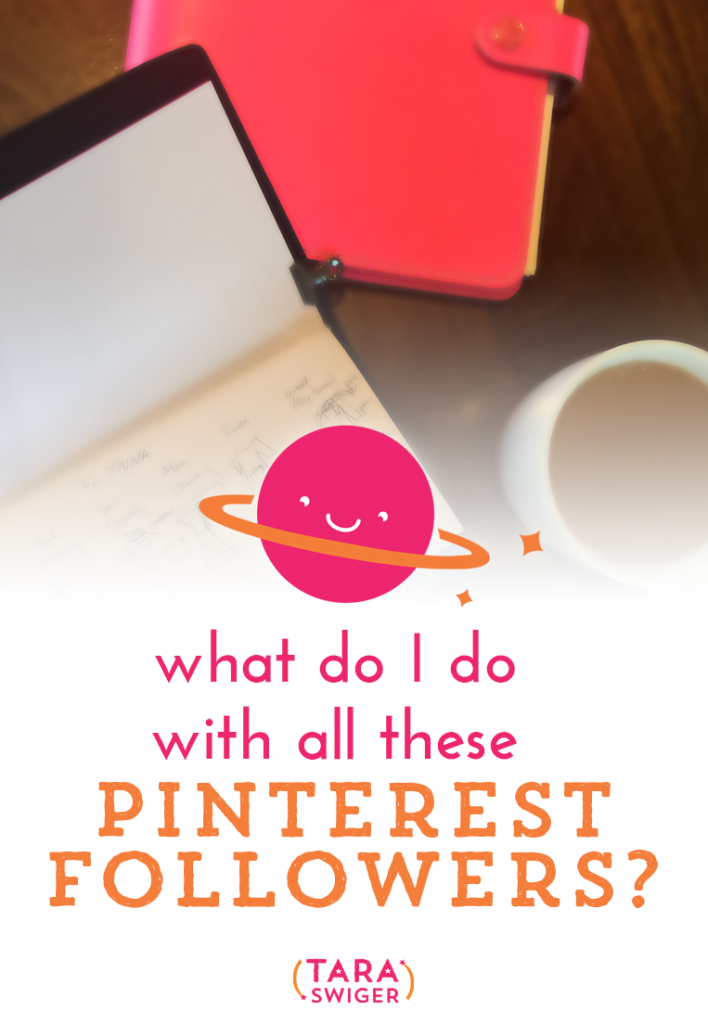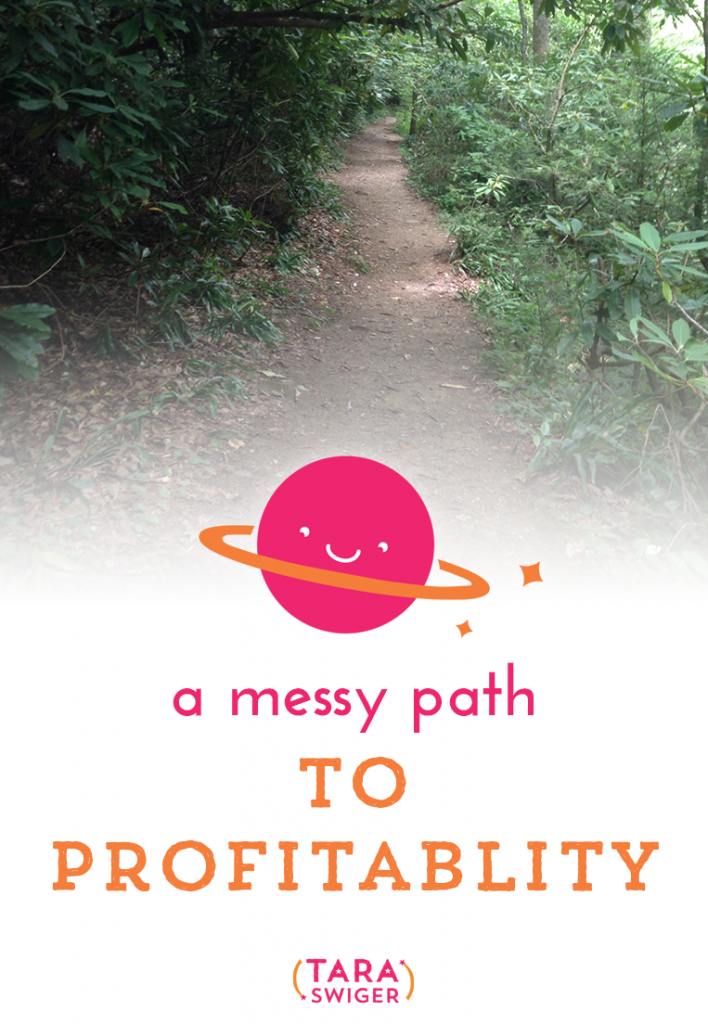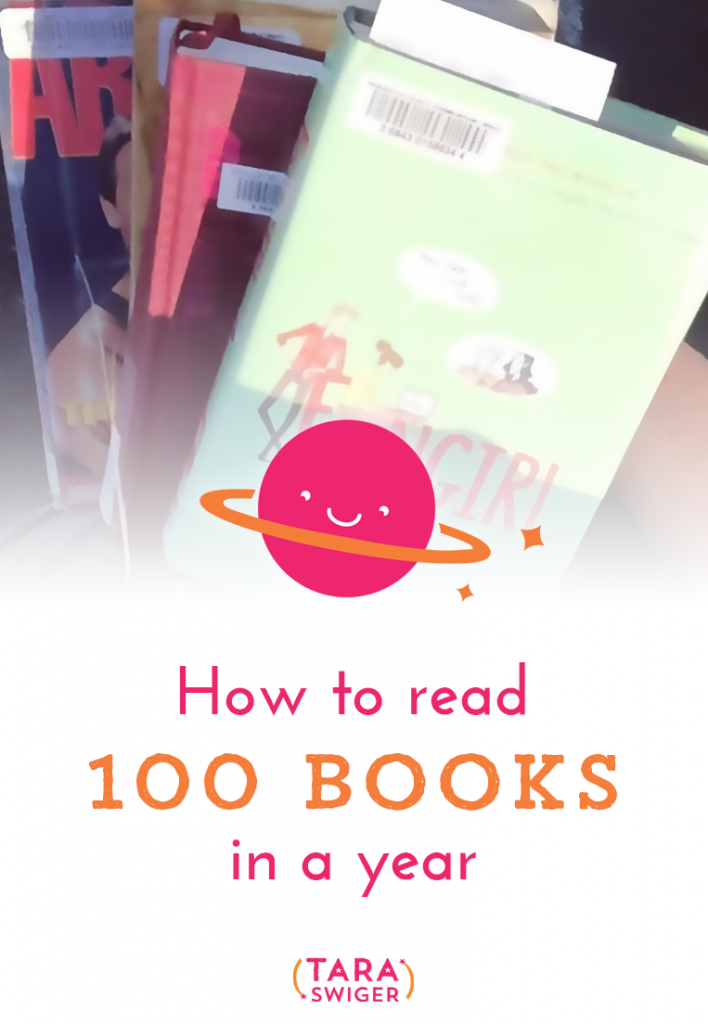
In 2012, I read 100 books.
That's (almost) 2 books a week.
When I set the goal (in February or March, after I realized I already WAS reading 2 books/week), I thought it was crazy. Way out of reach. But why not? I had a lot of long airplane rides ahead of me (Boston, San Diego, Seattle) and little did I know that I'd be in airports for looooong delays (almost 20 hours in LAX and 12 hours in Charlotte) and would have plenty of time to read.
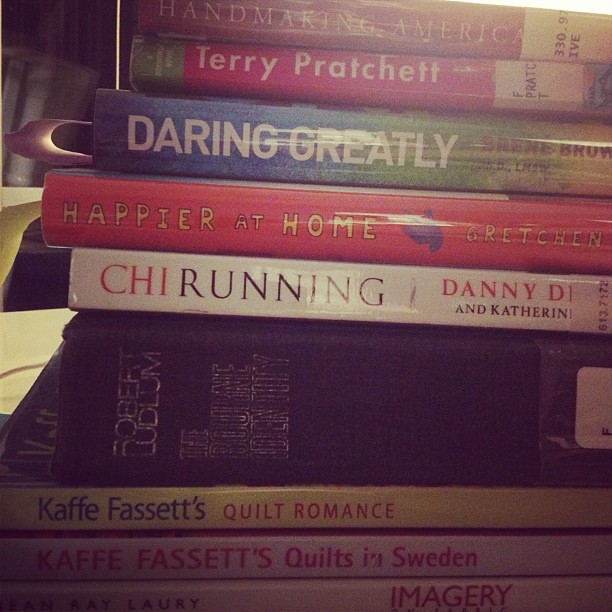
The real reason I set the goal is that I love to read. Love it!
But I often tell myself not to. Instead, I should be working. Or I should be reading something better (catching up on blogs, news, the latest marketing advice). But after an intense 3 months of non-stop writing to finish the book, I decided to give myself permission to just read. As much as I wanted!
And I'm so glad I did, because I learned more about my self (and my business) than I could have from any single book. Here's how I made it happen:
1. Give yourself permission to do what you want to do.

For some reason, this seems like the most dangerous course of action. What if all I want to do is lay in bed all day in read? What if I never work again? That's the fear, isn't it? That if you let yourself set a desirable, fun goal, that you might give up on all the hard and challenging ones.
But what if that fun thing you want to do is exactly what your business needs? Or what if it's what your self needs so you can have the energy to work? What if it'll just feel great?
Turning simple permission (you're allowed to read!) into a big crazy goal, lifted my passion into something important. It suddenly mattered that I get to read everyday, it was a priority! If I hadn't committed to the big number, I would have continued to question each reading session: shouldn't I be doing something else?
2. Always have books at the ready.
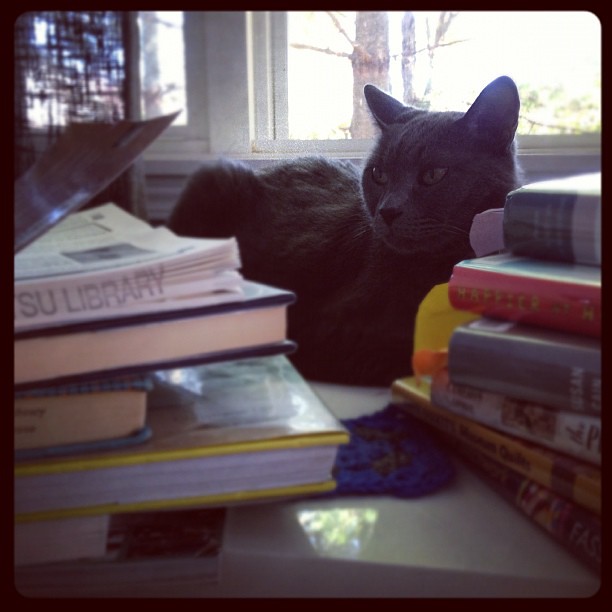
The photos throughout this post demonstrate the ginormous stacks of books I brought home, each week.
The key to reading a lot is to have plenty to read.
It's silly, but I tend to worry I'm going to run out. Of everything. I “save up” the good stuff in life. I like to know I have a reserve. (Gretchen calls this as spending out – I'm glad to know I'm not alone). So I put off reading a book if I think I won't have anything to read when I finish it. And it's not enough to just books at the library, I need them next to me in the house, so I can grab it the moment I'm ready. (This is kinda like packing waaay too much knitting when you travel. You know you'll never get to it, but there is a slime chance, and you can't risk it!)
3. Always be adding.
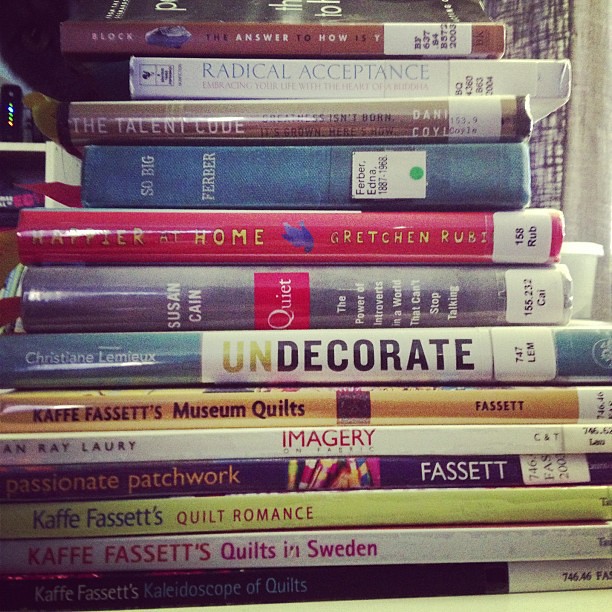
Having books at the ready is actually a multi-level affair. There's the having the books in my home, but there's also knowing I have even more books that I want to read. I have to know what books to bring home next.
It is absolutely vital for me to have a long list of to-read books and to be adding to it constantly. For this, I use Goodreads. I find new books to read from everywhere – if it looks interesting in a book store, if a blogger mentions it, if the author has an interesting interview on Fresh Air, or On Being, if it's recommended on a podcast, if the book I'm reading mentions another book.
The quickest way to recommit myself to reading, is to add a new book to my list.
4. Give up.
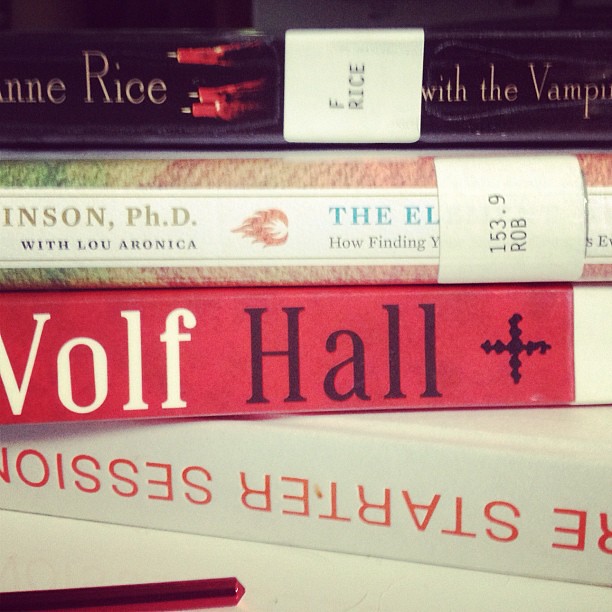
Yep, I'm a fan of quitting. If I don't absolutely love the book, or I find myself studiously not-reading for 2 or 3 days, I pick up another book from the stack. I might go back to that left behind book, or I might just mark it off my list all together. There's no guilt, no pressure. Reading is something I love to do. So if I don't love reading this book, I remember that it's not me, it's the book. So I break up with it.
5. No judgement.
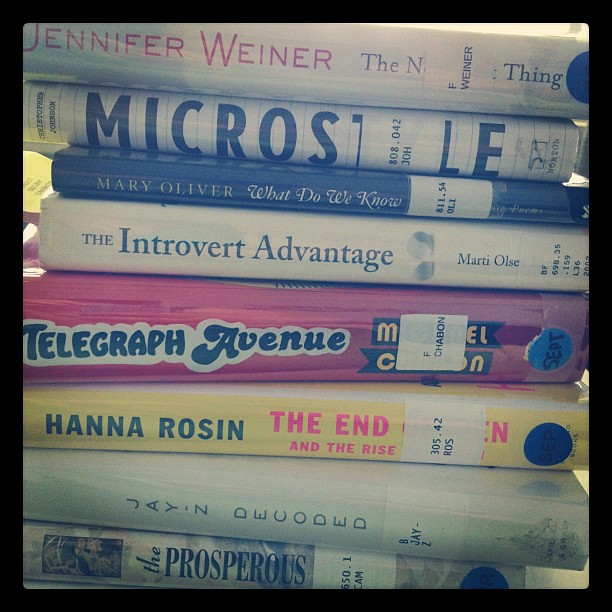
I'm allowed to read whatever I want to read. I know it sounds obvious, but I can't believe the hangups I have about I should be reading, or what I'm embarrassed to be reading. I'd absolutely never pick up 50 Shades of Grey (I'm much too squeamish), but I'm often embarrassed about my hippy-dippy choices of books.
But you know what? I'm the one reading it. No one else. So no one else has to approve, or think it's worthy or even understand why I'm reading it. And I remind myself, as I stand at the check-out counter at the library that the librarians see much worse than me and my stack of yoga, religion, and infertility books.
That's how I read 100 books in a year.
But it's not about reading : these rules apply to everything. Whatever it is you want to do this year (that you really, really want to do, not just because you think you should want to do it), you gotta give yourself permission, keep inspiration at the ready, quit when something isn't working for you, and stop thinking about what other people think about it!
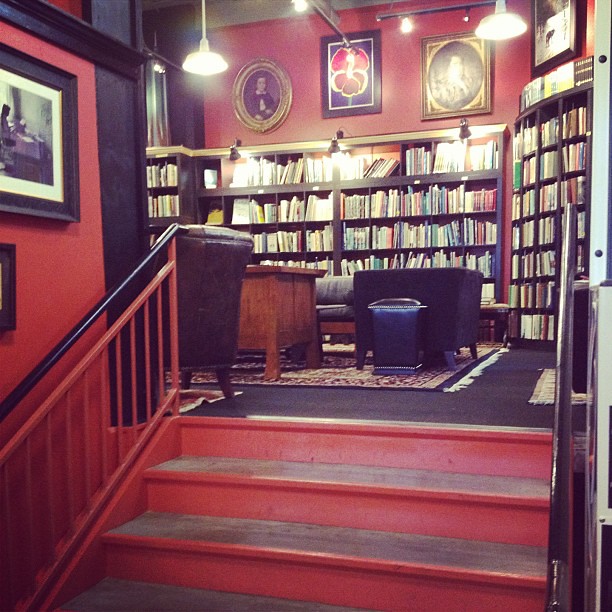
Tomorrow: My favorite books of the year!

If reading a zillion (or even 5) books is your thing, I'd love to talk about books with you! I'm thinking about starting a super-casual book club right here. What do you think? Would you like a monthly creativity/business book suggestion?
Let me know in the comments.
